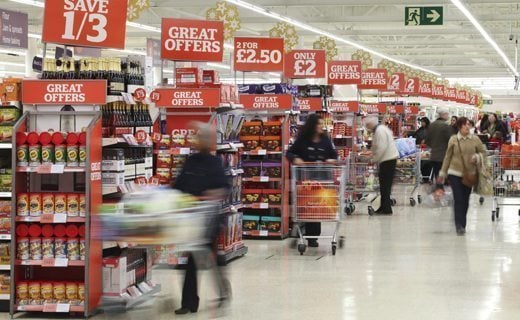Good or bad – product packaging can influence consumer behavior!
Product packaging is considered as the ultimate opportunity for marketers to communicate the brand’s message visually, positioning the same as a better choice than any of its competitor. In the modern world, consumers are being presented with ever increasing number of alternatives. As such, the American Supermarket holds more than 20,000 products, all competing to attract the attention of the consumer. A typical 30 minute shopping session is all they have to attract, impress and make them “take it”. With so much of competition, product packaging seems to be among the best marketing tool to directly communicate and influence customers.
It has been estimated that 60-70% of buying decisions are made in the store. The consumer leaves home to get back with a product serving a definite purpose but no strict decision has yet been made about the brand to go for. It could be anything. The final choice depends on a variety of factors. Some consumers go for the routine brand; some go for extensive research and a big chunk of them go for impulse buying. On-spot decision making about choosing among alternatives is influenced by product perceptions (through the packaging design), knowledge about a brand, and attitude towards brands, the consumer personality, lifestyle, culture and other factors.
- Spontaneous urge to buy: The customer responds to an advertisement or display. Imagine a child asking for a brightly packed Barbie.
- Compulsion: Some packaging arouses urgent purchase desires.
- Excitement: Again, product packaging can evoke feelings of excitement and happiness. Think about the urgency in the face of the child again.
- Synchronicity: Some packaging looks instantaneously appealing as if the consumer was at the right place at the right time.
- Product animation: Each product with its own mysterious appeal.
- Hedonic elements: Purchase decision induced positive and negative emotions, satisfaction or guilt.
Related: Sustainable Packaging for Your Brand
While the need or desire for buying a product might has been aroused with social marketing and other forms of promotion, packaging is certainly the final point of communication in the retail environment. The other marketing efforts can now be regarded as the “tools of battle” with other product but the final decision lies with the buyer.
Packaging has also been directly related to the quality of the product. It also affects whether a product is noticed on the shelf. As such, marketers need to integrate all types of buying influences into the package. According to reports by the University of Miami and California Institute of Technology, packaging has been proven as a crucial factor in decision making. Aesthetic aspects like color, typography, brightness, and other graphics influence where a potential buyer is attracted to on the shelf. Products that are attractively packed are looked closer and the competition is already narrowed down. Perpetual processes run parallel in the brain of the consumer along with economic value computations. All of this together influence how the final decision is made.
Related: Sign up to receive the StartupNation newsletter!
Packaging elements like color, images, typography, and brand name influence how soon the package catches the eye. Particularly with less expensive and low risk products, the consumer has low involvement in the purchase and the only motivating factor is the packaging. These are also the products that are bought on impulse. Brands will continue to work hard to meet consumer demands and attractive packaging will always hold a preferential place.






